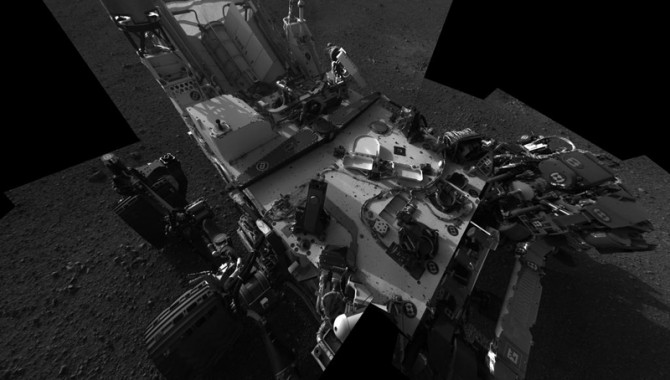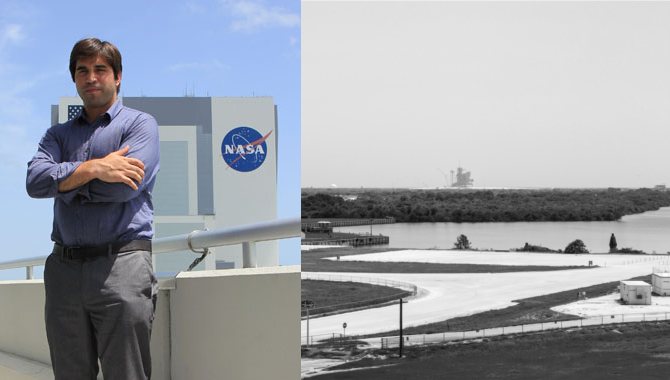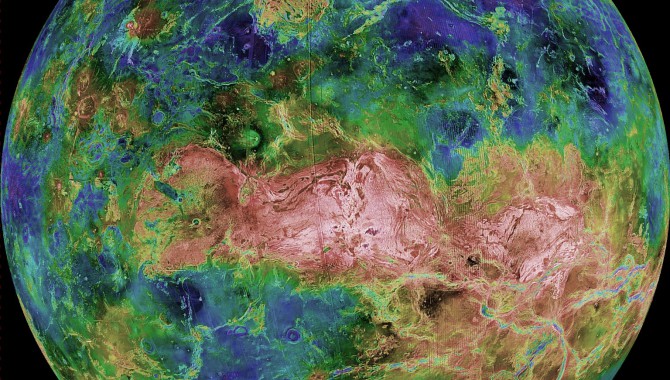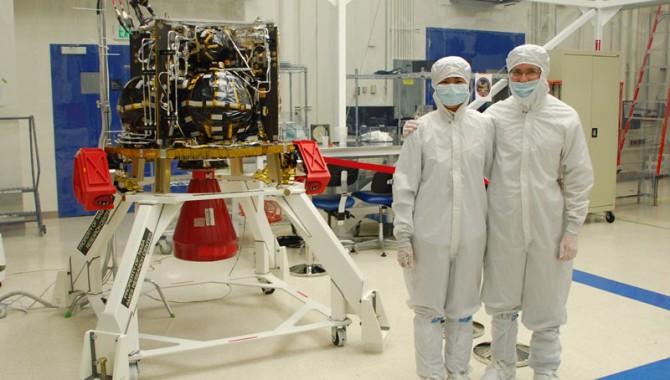
August 30, 2012 Vol. 5, Issue 8 Knowledge is all around us at NASA. So why do we need a knowledge strategy?

August 30, 2012 Vol. 5, Issue 8 Knowledge is all around us at NASA. So why do we need a knowledge strategy?

July 31, 2012 Vol. 5, Issue 7 The year was 1993—and something wasn’t right.

July 31, 2012 Vol. 5, Issue 7 ESA young professional Julio Aprea learns that when it comes to managing international projects, theres rarely one right answer.

July 31, 2012 Vol. 5, Issue 7 Hot, toxic, and murky, Venus serves as an extraordinary engineering challenge, according to Jim Garvin.

July 31, 2012 Vol. 5, Issue 7 Josephine Santiago-Bond left her comfort zone when she moved from one coast to another, going from ground systems at Kennedy to working on a lunar mission at Ames.

July 31, 2012 Vol. 5, Issue 7 The next generation of environmental and weather satellites requires robust risk management, according to the Government Accountability Office (GAO).

July 31, 2012 Vol. 5, Issue 7 Organizations make good decisions in a variety of ways, according to Tom Davenport and Brook Manville.

July 31, 2012 Vol. 5, Issue 7 “Scientists may tell us where to go, but politics will tell us how fast we’re going to get there,” said Dr. Harry Lambright about the politics of Mars.

July 31, 2012 Vol. 5, Issue 7 NASA and the U.S. Geological Survey (USGS) celebrated 40 years of Landsat at the Newseum.